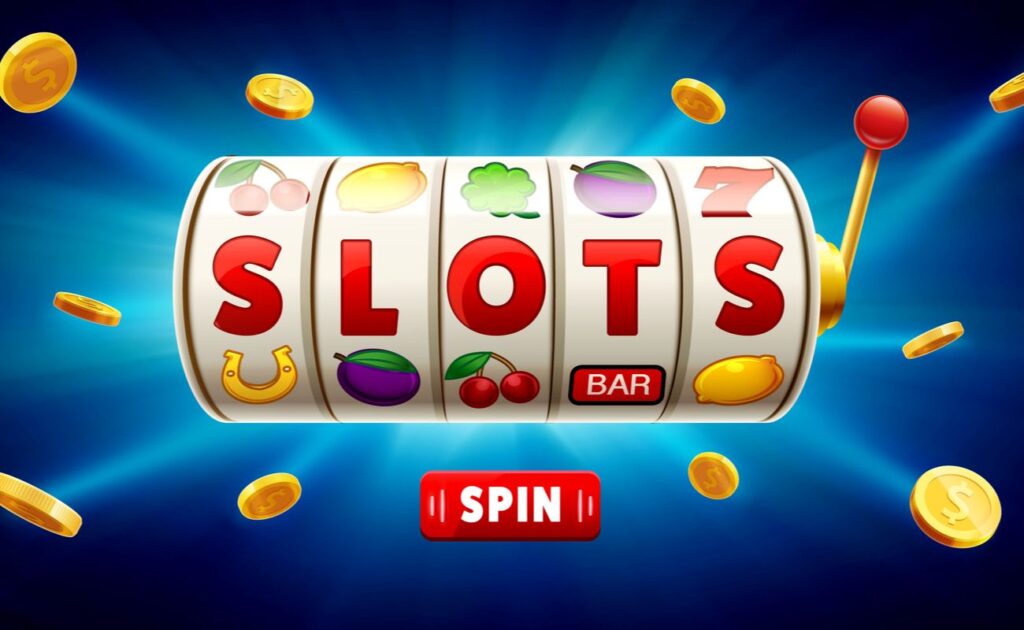Slot volatility, also known as variance, is a term used to describe how a slot machine behaves in terms of payout frequency and amount. In simple terms, it’s a measure of risk involved in playing a particular slot game. For beginners, understanding slot volatility is crucial for setting realistic expectations and choosing games that align with their playing style and budget.
1. The Basics of Slot Volatility
Volatility in slot games is categorized into three types: low, medium, and high. Low volatility slots offer frequent but smaller wins, making them ideal for players with a limited budget or those who enjoy longer play sessions without significant fluctuations in their bankroll. Medium volatility slots strike a balance between win frequency and payout size, offering a moderate level of risk. High volatility slots, on the other hand, offer larger payouts but less frequently. These are suited for players who are willing to take higher risks for the chance of big wins.
2. Why Volatility Matters

Source: islandgrillami.com
The importance of volatility lies in its impact on your gaming experience. Choosing a slot with a volatility level that matches your risk tolerance and playing objectives is vital. For example, if you’re looking for entertainment and prolonged play, a low-volatility slot might be your best choice. However, if you’re chasing large jackpots and are comfortable with the possibility of long dry spells, a high volatility slot would be more appropriate.
3. Evaluating Slot Volatility
While many casinos do not explicitly state the volatility of their slots, there are ways to estimate it. One method is to play a few rounds and observe the payout patterns. Another is to look at the game’s paytable; typically, high volatility slots have a wider gap between the highest and lowest payout amounts. Additionally, online reviews and forums can be valuable resources for determining the volatility of a slot game.
4. Bankroll Management in Relation to Volatility
Effective bankroll management is crucial, especially when playing high-volatility slots. It’s important to set a budget and stick to it, ensuring you don’t spend more than you can afford. A common strategy is to allocate a certain amount of money for a session and divide it into smaller bets. This approach allows for a more controlled and sustained gaming experience, reducing the risk of rapid bankroll depletion.
5. Choosing the Right Slot for Your Play Style
Your choice of slot should align with your playing style and objectives. If you prefer steady gameplay with frequent small wins, opt for low to medium-volatility slots. For thrill-seekers and those aiming for big jackpots, high-volatility slots are the go-to choice. Understanding your personal preferences and playing style is key to selecting the most enjoyable and suitable slot game.
6. Bonus Features and Volatility

Source: mymmanews.com
Bonus features in slot games, such as free spins, multipliers, and bonus rounds, can also influence the game’s volatility. For instance, slots with a multitude of bonus features may seem attractive, but they can also increase the game’s volatility. It’s important to understand how these features work and their potential impact on the game’s payout behavior.
Conclusion
Navigating slot volatility is a vital skill for both beginners and experienced players. It not only helps in selecting the right games but also plays a crucial role in managing expectations and bankroll. By understanding the basics of slot volatility, evaluating it in games, and aligning it with your playing style and budget, you can enhance your slot gaming experience and play more effectively. Remember, gambling should always be done responsibly, and understanding volatility is a step towards more informed and enjoyable gameplay.



